“CRUCIAL KRUGER”
One of the greatest success stories of modern-day conservation is the world renowned Kruger National Park. The park covers just shy of 20 000 square kilometres which makes it roughly the same size as Israel, slightly smaller than Belgium and about a third of the size of Ireland. Having been declared a ‘no hunting zone’ in 1898, it was formally recognised as a National Park in 1926 and began generating revenue through ecotourism shortly thereafter.
The borders of the park are marked by two rivers. The Crocodile River creates its southern border and the Limpopo River creates its Northern Border, with the Lembombo Mountains forming the western boundary on the border of Mozambique.
The park had a difficult start to ecotourism as maintaining ecosystems and wild habitats was not viewed as crucially as it is today. Perhaps that has a lot to do with the fact that, today, we have had 100 more years of habitat loss and we now see the importance of conservation. Returning soldiers from World War 1 wanted access to land for sheep farming, prospectors wanted land to search for gold, copper and coal, and South African vets wanted the mass culling of wildlife in order to contain the spread of the Tsetse fly disease.
Fortunately, the park’s popularity grew extensively throughout this period which meant that conservation awareness empowered lobbyists to secure a future for the Park as a tourist destination. This led to an increased revenue and inevitably resulted in the reserve becoming self-sustainable from a financial perspective.
The park has faced a number of challenges over the years, most of which relate to droughts. The animals suffer extensively during periods of drought and the problems are compounded by hippos. As water sources shrink, so the hippos are concentrated into smaller and smaller pools of stagnant water. The faeces of the hippos contaminate what little sources of surface water remain and effectively render these crucial pockets of water redundant.
While game rangers and professional hunters have slightly differing opinions on how to operate reserves, they both seek to achieve the same thing: the conservation of animals. While both parties see the value in each other’s methods, in times of dire drought, drastic measures need to be taken. In 2016, an extended drought resulted in the park’s management making the decision to cull hippos which ended in public outcry. This was not the first and, most definitely, will not be the last time animals need to be culled in the park for reasons such as these.
Studies have shown that the park can sustain a population of 8 000 elephants but, by last count, in 2012, the park had a population of 17 000. This is more than double its sustainable carrying capacity. This has placed severe strain on the park’s habitat.
In my opinion, it's a pity that the necessary culling of animals in the park cannot be sold to the highest bidders and used as an extra source of income. This income would be channelled back into maintaining the reserve and, ultimately, the long term preservation of its wildlife. Perhaps, I am wrong but it seems alien to me that an animal which needs to be culled isn’t culled by someone who is willing to pay top USD to do it.
The debate rages on but one thing remains unchanged. Maintaining reserves, such as Kruger, requires huge amounts of funding and we should be open to utilising all channels available to us rather than shying away from arguably one the best forms of revenue creation.
